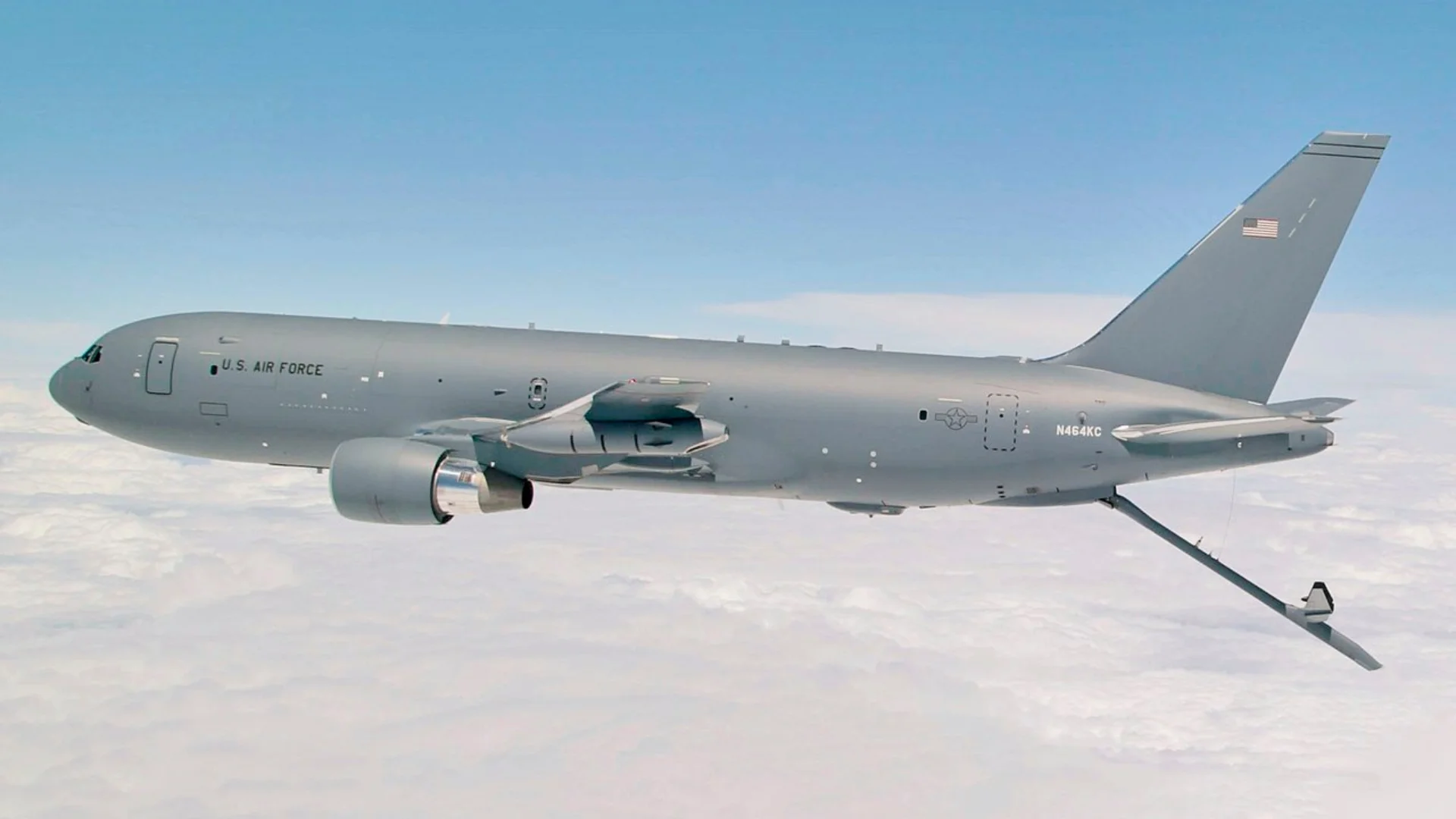Rolls-Royce is repurposing parts from retired Panavia Tornado fighter-bombers to produce components for the new Tempest fighter jets. This initiative, known as the Tornado 2 Tempest project, involves breaking down strategic metals like titanium, steel, and aluminum from old aircraft and transforming them into feedstock for additive manufacturing.
The Royal Air Force stated on February 5 that these metals could be atomized into powders for 3D printing new parts. Rolls-Royce confirmed that titanium from Tornado engine parts is being used to create 3D printed nose cones and compressor blades through a contract with Additive Manufacturing Solutions, Limited.
BAE Systems is also employing 3D printing technology in its Tempest project. A report from July 26, 2024, highlighted BAE's use of additive manufacturing to produce structural parts and molds more efficiently. The process includes Hot Isostatic Pressing (HIP), which compacts powdered titanium under heat and pressure to minimize waste and reduce lead times.
 Alerts Sign-up
Alerts Sign-up







